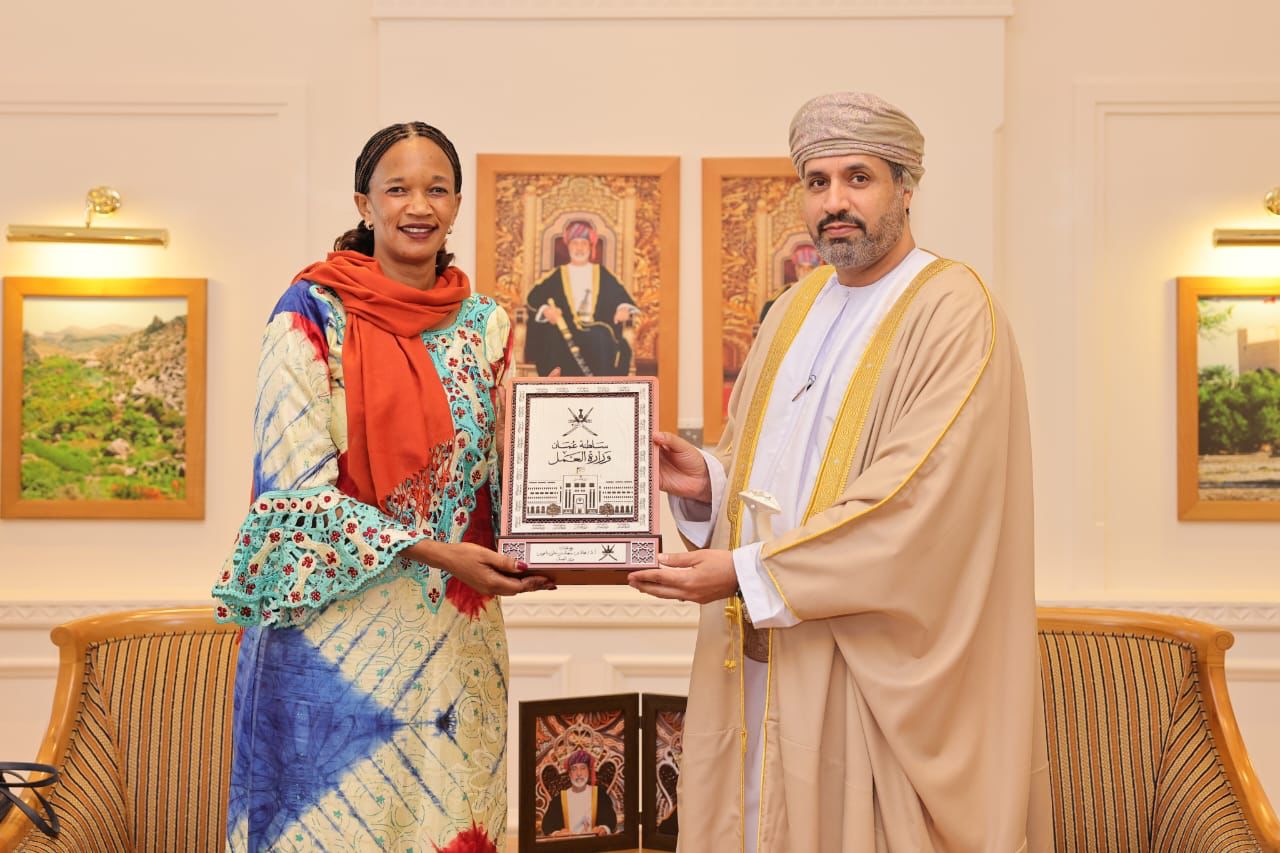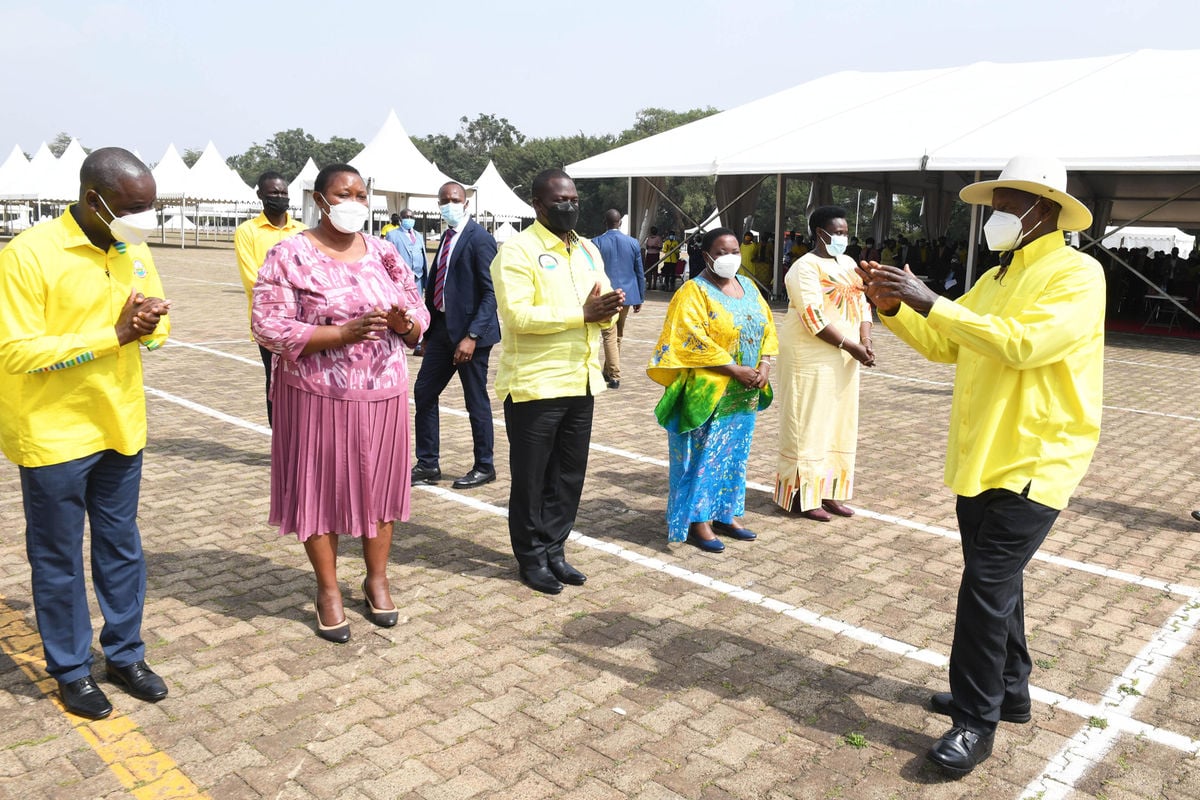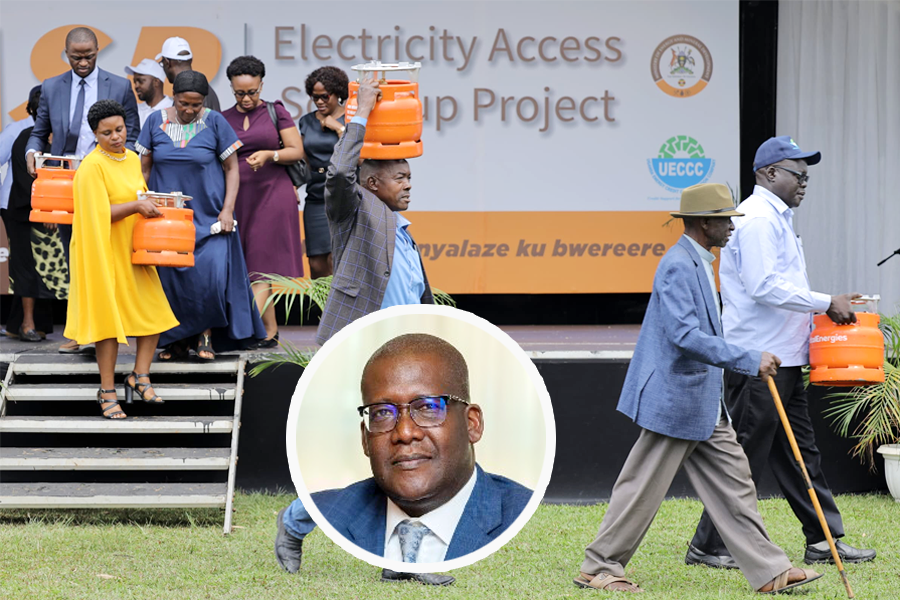Over six million Ugandans extremely poor- UBOS report
A total of 6.2million representing 14.7% of the country’s estimated 42 million people are in extreme poverty that among others, they cannot afford to pay for medication when they fall sick, the Multi-dimensional poverty index report by the Uganda Bureau of Standards has indicated.
According to the UBOS Executive Director, Dr.Chris Mukiza, the survey quoting the 2019/20 Uganda National Household Survey interviewed 13851 households on four parameters including education, health, living standards and empowerment as indicators of poverty, other than basing on only income.
Keep Reading
“The report indicates that 42% translating into 17 million are lacking either one or all of the above indicators but 14.7% lack all of them. These are extremely poor. For one to be dimensionally well-off, they shouldn’t be deprived of any of these. If you don’t have electricity and you are still using firewood, you are deprived dimensionally. If you don’t have a flashing toilet but still using bushes for defecation, even if you have a lot of money or wealth, you are poor. We don’t look at assets or money only but many aspects,”Dr.Mukiza said.
He explained that whereas in the past, poverty was being measured in terms of incomes only, with the multi-dimensional index approach, a lot of things are considered, noting even if one is above the poverty line but lacks in the other aspects, they are deemed poor.
“Households which can’t afford electricity, those that when they fall sick cannot afford to go to hospital, those without clean water and toilet as well as those that can’t afford to take children to school are termed as poor. We realized that income alone cannot well paint the picture of poverty in Uganda,” Dr. Mukiza said.
He noted that there is slight reduction in the national poverty levels.
According to the report Karamoja and Acholi are the poorest regions in the country, whereas Buganda, Ankole and Kigezi are the least poor.
“We expect policy makers to look at these findings critically and since government is to do a midterm review of the third National Development Plan, the remaining two years should target these issues and while implementing the Parish Development Model, there needs to be some reset looking at whether the original thinking of how to roll out and implement the program will address the multidimensional poverty aspects,”Dr.Mukiza said.
“It will help inform policies in eradicating poverty in all its forms in a bid to leave no one behind.”
State Minister for Finance in charge of planning, Amos Lugoloobi said the report will now inform government decisions on how to fight poverty among Ugandans.
“Previously, we have only understood poverty in relation to income and not looking at other dimensions. We were not asking whether the households have toilets, are they getting educated, do they have access to clean water, electricity and many others? Previously they have not been properly captured. This multi-dimensional index now helps us understand poverty in a more elaborate manner,” Lugoloobi said.
“It also helps us understand the results of the various undertakings we make at various household levels. We are now able to understand where we have not performed well and improve.”
According to the UNDP resident representative, Elsie Attafuah, the report presents new solutions to helping deal poverty in the country.
“On Uganda’s development strategy side, there is need to find and implement an enhanced structural transformation to tackle a number of things including unemployment. The issue of industrialization is key for social economic transformation of the country as we seek to address the multi-dimensional poverty issues highlighted,” Attafutah said.
She noted that industrialization is also key for export promotion, job creation, poverty reduction and rapid prosperity for the country and that it should be embraced by all developing countries.
“It will contribute to inclusive growth, resilience, improving of standards and transformation of society. It can also bring the much needed foreign direct investments and new technology as well as fostering international competitiveness.”













